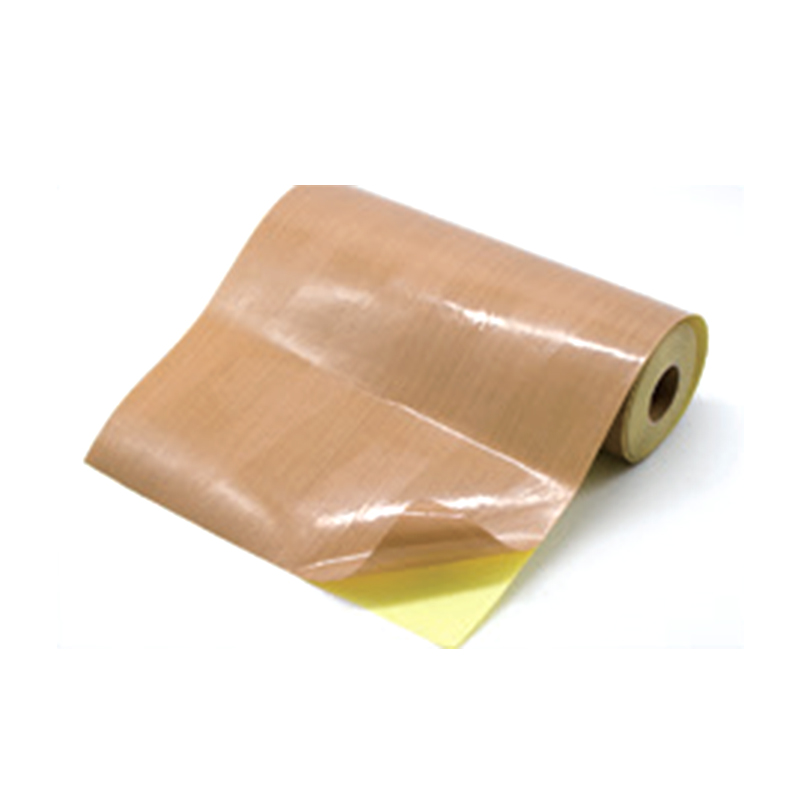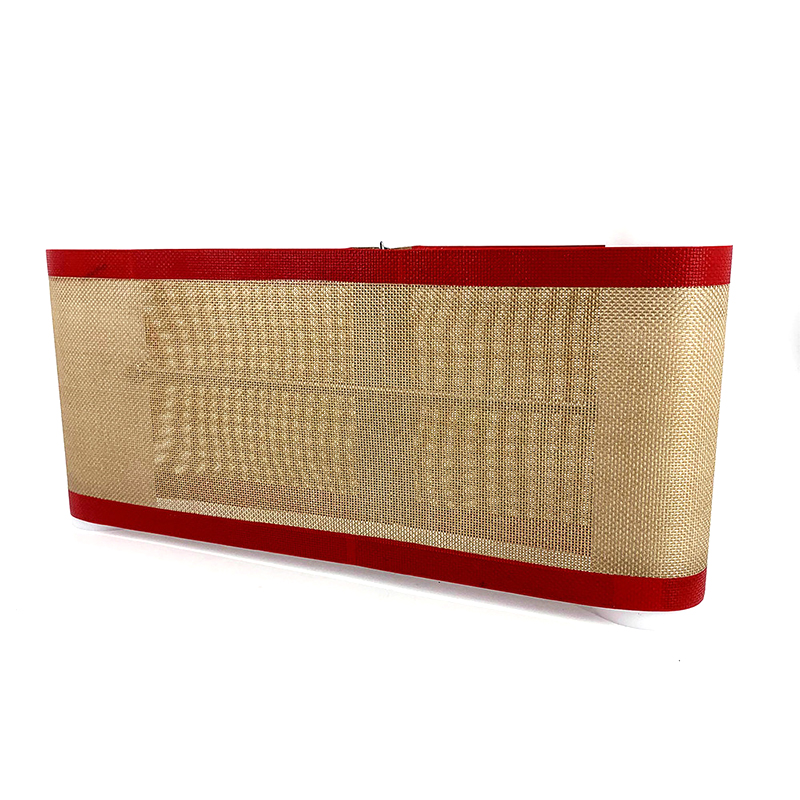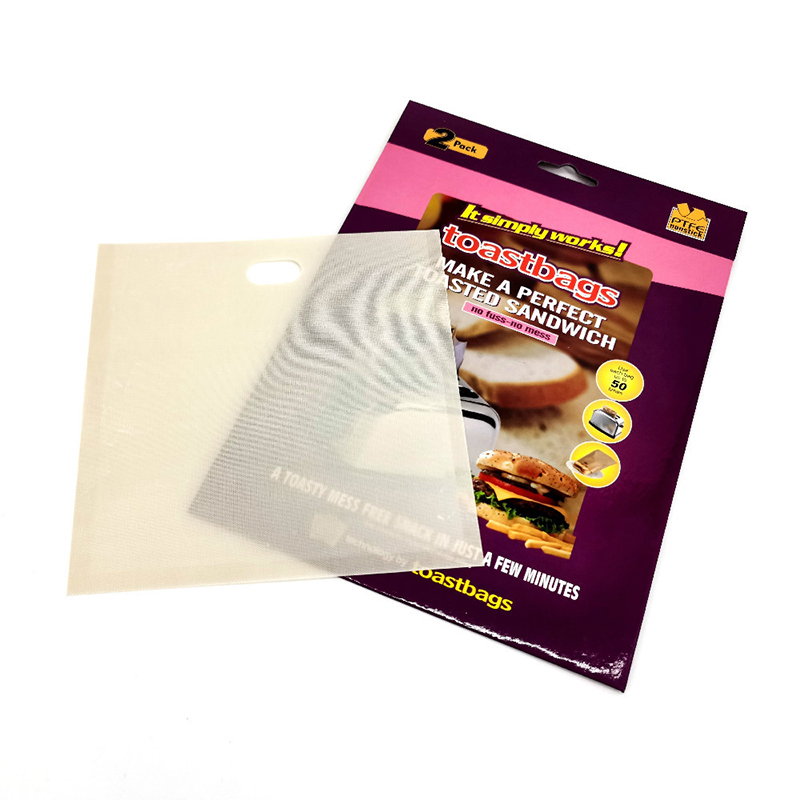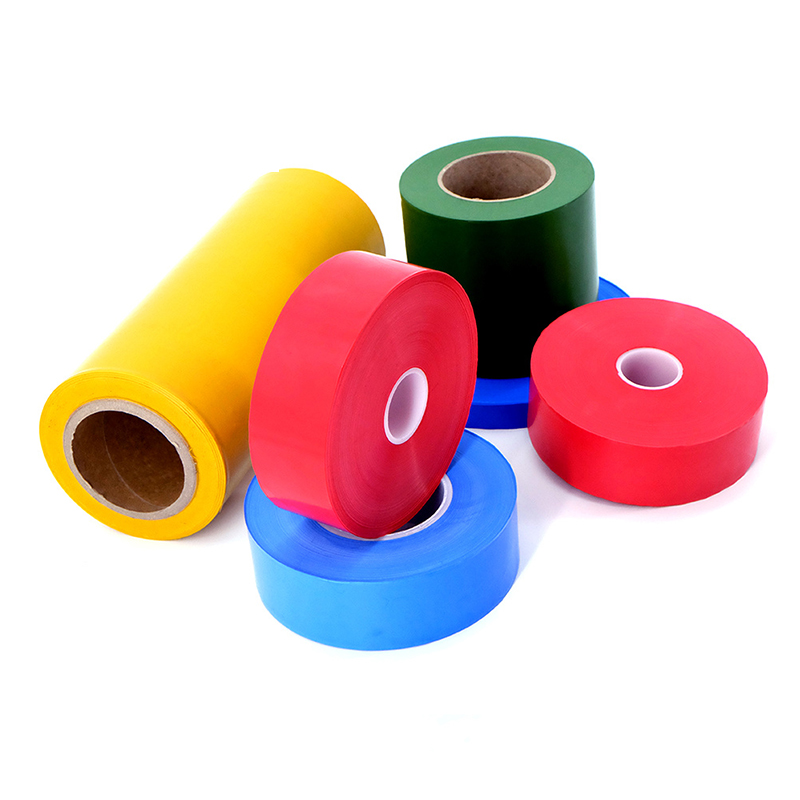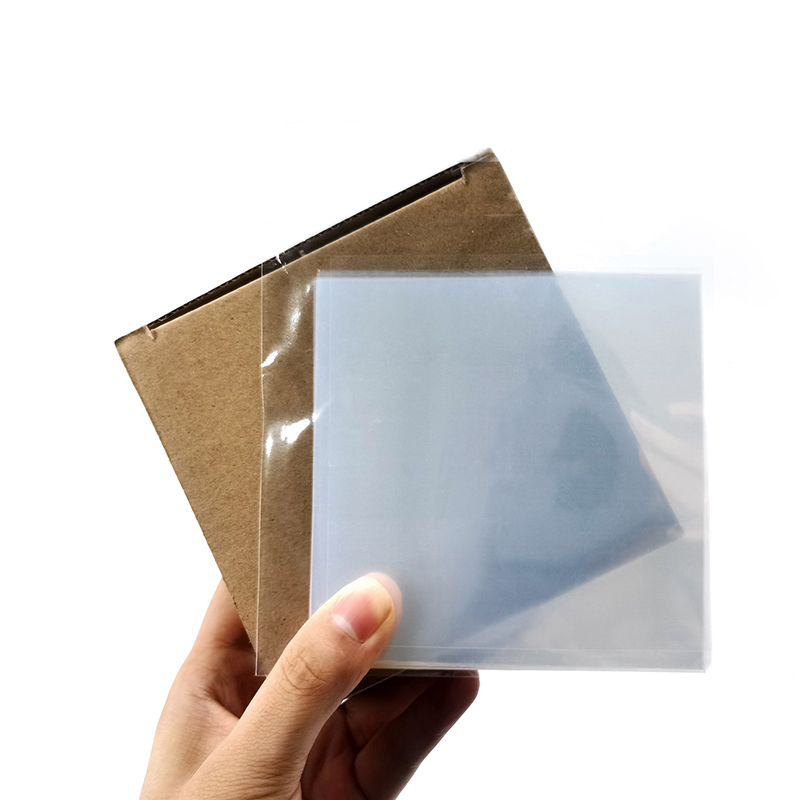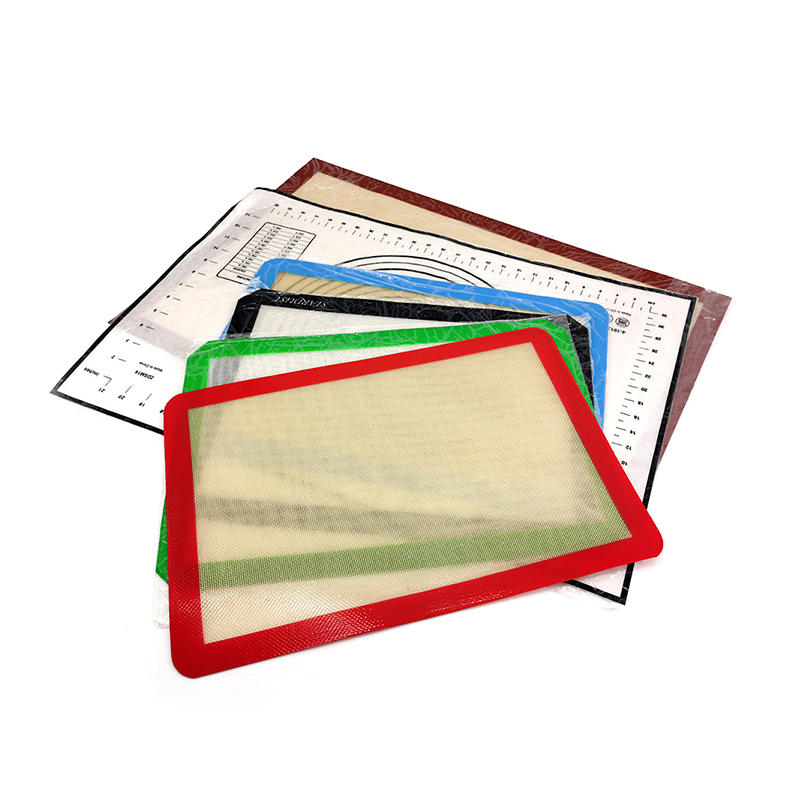Etching polytetrafluoroethylene (PTFE) film: the secret of microstructure and surface strength enhancement
Principles and classification of etching technology
Etching, in simple terms, is to remove part of the surface of a material by physical or chemical methods to achieve the purpose of changing its shape, size or surface properties. For Etching polytetrafluoroethylene (PTFE) film, common etching methods include laser etching, plasma etching and chemical etching. These methods have their own characteristics, such as laser etching has high precision but high cost; plasma etching is environmentally friendly and can introduce active functional groups, but the etching depth needs to be controlled; chemical etching is easy to operate, but may involve harmful chemicals. Choosing a suitable etching method requires comprehensive consideration of factors such as specific application requirements, cost-effectiveness and environmental impact.
Formation of microstructure and nanoscale pores
During the etching process, the surface of PTFE film undergoes a series of complex physical and chemical reactions. Taking plasma etching as an example, when the film is exposed to a high-energy plasma environment, the molecular chains on its surface are broken to form free radicals. These free radicals then react with active particles in the plasma (such as oxygen, nitrogen, etc.) to generate volatile compounds and desorb from the surface, leaving microstructures and nanoscale pores on the film. The formation of these structures not only changes the surface morphology of the film, but also significantly increases its surface area and roughness.
Increase in surface area and roughness
The increase in surface area and roughness is a direct effect of the etching process on the surface properties of PTFE films. The presence of microstructures and nanoscale pores makes the film surface more uneven, thereby increasing its actual contact area. This change is crucial to improving the bonding between the film and other materials, because a larger contact area means more physical and chemical interaction points, which is conducive to the formation of a stronger bonding interface.
Improvement of bonding force and surface strength
The increase in bonding force is a direct manifestation of the improvement in the surface strength of etched PTFE films. In biomedical applications, enhanced bonding means that the film can better bond with biological tissues or drug coatings, reduce the risk of shedding, and improve the stability and safety of implants. In the field of microelectronics, enhanced bonding helps the film fit closely with electronic components and improves the reliability and durability of the packaging structure. In addition, the active functional groups introduced during the etching process may also improve the wettability and polarity of the film surface, further promoting compatibility and bonding with other materials.



 English
English Español
Español русский
русский
